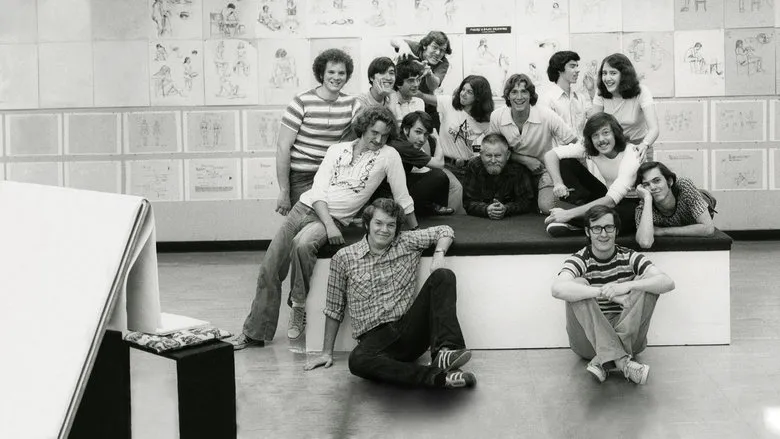Maleficent: A Spellbinding Reimagining Where the Villain Reigns Supreme
Angelina Jolie’s iconic portrayal of the horned sorceress Maleficent, coupled with a delightful cameo from her own daughter, Vivienne Jolie-Pitt, ignited fervent buzz long before Robert Stromberg’s directorial debut hit screens. On June 20th, Maleficent not only met but exceeded expectations, premiering to packed houses and swiftly claiming the top spot in box office rankings.
A dedicated panel of ten passionate cinephiles, forming the “Entertainment Jury,” had the privilege of attending a showing at Wuhan’s esteemed CGV Starry Sky Cinema. Their collective verdict was unequivocal: Angelina Jolie’s mesmerizing and deeply nuanced performance as the titular sorceress truly served as the film’s beating heart. While Maleficent may not claim the mantle of an instant timeless classic, it undeniably delivers a fresh and captivating twist on the beloved, timeless fairy tale.
The Narrative Arc: A Betrayal-Born Villain
The narrative gracefully unfolds, introducing audiences to a world where an innocent, burgeoning romance blossoms between a young human boy, Stefan, and a radiant fairy girl, Maleficent. Their bond, forged in the fantastical realms of the Moors, suggested a destiny of harmony. However, as the passage of time transforms the boy into a man ambitious for the throne, a heinous act of betrayal shatters Maleficent’s world. This profound treachery does not merely wound her; it irrevocably twists her benevolent spirit, morphing her into a formidable, vengeful sorceress. Consumed by heartbreak and a burning desire for retribution, she casts a dark, unbreakable curse upon the newly-crowned king’s innocent infant daughter, Aurora, setting the stage for a dramatic reimagining of a familiar legend.
Key Performances Light Up the Screen
At the core of this enchanting yet darkly tinged fairy tale are two compelling performances:
- Angelina Jolie: Embodying Maleficent with a powerful blend of regal menace and a surprisingly vulnerable humanity, Jolie utterly dominates the screen, captivating audiences with every subtle glance and grand gesture.
- Elle Fanning: Beautifully portrays the innocent Princess Aurora, her radiant purity serving as both the object of Maleficent’s curse and, ultimately, a catalyst for unexpected transformation.
The Jury’s Reshaped Verdict: Beyond Good and Evil
Beyond Black and White: Modern storytelling has thankfully moved past simplistic “good versus evil” narratives, and Maleficent stands as a shining example of this evolution. As our panel observed, even Disney’s narrative DNA has undergone a profound transformation in recent years. This film boldly places the traditionally villainous witch at its very core, imbuing her with an overwhelming, multifaceted aura that commands attention.
More Than a Villain: Angelina Jolie’s portrayal meticulously peels back the layers of Maleficent’s perceived malevolence, frequently revealing what one viewer affectionately dubbed the “girlish heart” beneath the formidable exterior. Her every smile, every nuanced gesture, conveys a complex character who is far more than just ‘villainous.’ This Maleficent, deep down, harbors an undeniable affection for the princess she cursed – a fascinating dynamic described as a “bit of a tsundere” complex. The development of their relationship throughout the film becomes a testament to profound, evolving love, creating an unusual yet deeply moving bond.
A Touch of Humor: The film injects delightful moments of levity, particularly through the hilarious interactions between the ever-faithful raven, Diaval, who often serves as Maleficent’s part-time, long-suffering nanny, and the formidable, yet surprisingly temperamental, sorceress herself. These humorous exchanges provide a charming counterpoint to the film’s darker themes.
True Love’s Unexpected Kiss: In a bold and celebrated departure from traditional fairy tale conventions, the concept of “true love” is once again gloriously re-envisioned, following the groundbreaking path laid by films like Frozen. The dramatic climax hinges not on a Prince Charming’s kiss, but on a more profound, unexpected act of affection that truly saves the princess. This narrative choice renders the cliched prince charming almost redundant, leading a juror to playfully quip about his surprisingly minor and ultimately inconsequential role in Aurora’s salvation. This innovative resolution profoundly subverts the very essence of the classic fairy tale, offering a refreshing and resonant message about the diverse forms true love can take.
In conclusion, Maleficent may not reinvent the wheel, but it masterfully polishes and reorients it, delivering an engaging cinematic experience. It daringly asks audiences to rethink their preconceived notions of good and evil, proving that often, the most captivating stories lie in the untold complexities of those we once labelled as purely “villains.”